There are different understandings of social impact, which covers “a common good”, “common actions for social good”, “engaging people into social campaigns”, “helping/caring for people”, anything that makes communities prosper. The need of boosting the social impact is explained by the concept of Doughnut Economics, which recognizes the inseparable connection between the economy and environmental and social affairs. The concept has been developed on the understanding, that the economic theories taught at educational institutions exclude the elements of society and nature, which makes them perfect in theory and not meaningful in practice. The Doughnut model demonstrates two circles: the outer circle represents the productive limits of the planet’s generative systems as the limits that the human economy must not exceed. The inner circle represents the social foundation of what a high-performing economy must provide to every human being. [1] A sustainable, safe, and just environment is in the middle. There are different understandings of social impact, which covers “a common good”, “common actions for social good”, “engaging people into social campaigns”, “helping/caring for people”, anything that makes communities prosper. The most important aspect of social impact creation is consulting and working closely with the direct beneficiaries, as often happens that most sincere efforts are being perceived wrongly due to the cultural differences, lack of knowledge, and miscommunication. Local contexts of the beneficiaries, as well as experience of global practices have to be taken into account when fostering social impact.
The most important aspect of social impact creation is consulting and working closely with the direct beneficiaries, as often happens that most sincere efforts are being perceived wrongly due to the cultural differences, lack of knowledge and miscommunication. Local contexts of the beneficiaries and experience of global practices have to be taken into account when fostering social impact, incl. best practices in social work, education, sustainable business and public services. At this point creativity, innovation and entrepreneurship (CIE) skills are required to direct efforts towards social impact.
Within the VISION project, more than 120 international experts were asked to reflect on the future of CIE teaching and learning. Transversal skills and the Growth Mindset was the focus of discussions, considering CIE skills as keys to foster positive social impact. However, often CIE, is not perceived and communicated right. Creativity is often associated exclusively with arts and artists; entrepreneurship – with business; innovation – with start-ups and tech-intensive industries. Still, society and even educators lack the understanding of a wider meaning of CIE. According to the experts, creativity can be applied in a wide range of life situations and can be defined as the ability to find several solutions to a problem, using a simple process of ideation, accepting the different perspectives, combining ideas, and putting them into practice. Innovation is strongly connected to transdisciplinarity and involvement of a variety or settings and stakeholders into the collaborative social design. Entrepreneurship skills enable strategic vision and the ability to find and put the right resources together to turn ideas into products, services, activities, etc. Lately, it has become clear that entrepreneurship education should not be about the theories of business management, but rather encompass practice-based and problem-focused activities, that develop an entrepreneurial mindset for further business-specific skills acquirement.
Modern CIE teaching requires an innovative learning ecosystem and methods, that are different from classroom-based lectures. The most innovative education providers look completely different: the spaces are open, promote peer-learning and less formal interaction between students and teachers. The learning spaces can be literally located anywhere – in a company, NGO, community or elderly centre, etc. It broadens the horizons of learners as diverse stakeholders are involved in learning, as well as develops flexibility and adaptability in learners and facilitators. The last two aspects are crucial, as future professionals will have to switch professions and work dynamics several times during a lifetime. Therefore, education needs to be focused on the teaching of critical thinking, the ability to identify the right information, analyze it and synthesize it instead of memorizing of specific knowledge that is several years might be outdated.
Future CIE teaching will focus on personality development (not specific professional knowledge only). Personal skills will include leadership and empathy towards the topics of research, which will be linked to real problems and focused on practical solutions. Multidisciplinary student teamwork, SDG-orientation, cross-sectoral support, incubation, acceleration and hackathon programmes, community-focus, experience exchange will be the future of higher education. CIE teaching will be characterized by transdisciplinarity and cross-sectoral collaboration. Triple Helix model will be in place when responding to the needs of future impact makers: civic partnerships, industry, researchers, policymakers, and communities. The change will be reflected in designing new university programmes, capacity building projects for public authorities, and new talent acquisition programmes for businesses.
Higher educational institutions are not the only learning trend-setters anymore. The global, national, and local networks of experts and supporters are built around the world to support social impact education. Entrepreneurship skills development for the youth is promoted through specialized programmes for pupils’ learning enterprises development in the school environment (e.g. Junior Achievement Programmes). For business-oriented people, entrepreneurship and social entrepreneurship infrastructures are developed with various business hubs (e.g. Impact Hub), coworking spaces, (Social) Hackathons, Business Incubators, and Accelerators, Innovation Labs (within or outside the academia), etc. In these settings, networking with professionals and experts is of special significance for finding the right knowledge and development opportunities. Local Ambassador’s approach, mentoring and coaching programmes will become even more popular in the coming decades for learning in terms of social impact delivery. Also, social impact creation will be highly dependent on social entrepreneurship and social innovation support programmes, as already practices by Ashoka, Social Impact Award, Acumen, Changemakers Academy, and many more. Fellowships, mentoring, coaching, continuous training, peer learning, and learners’ pairing with practicing entrepreneurs are the methods applied within social impact education.
Service design, design thinking, intergenerational learning, Theory of Change, peer leadership, mentorship, coaching, fellowship, and other methods and frameworks demonstrate the potential to enhance community leadership and serve governors and citizen groups. Such needs-based and human-centric designs allow supporting collaboration for civic participation, participatory budgeting and crowdfunding. Building community-run spaces (community gardens, cultural centres, etc.) could provide more opportunities for designing creative, needs-based initiatives together with governors, NGOs, entrepreneurs.
Upgraded CIE teaching and learning without any doubts will support the formation of the new society and serve new market needs. New professions are expected to become demanded in terms of social impact. For instance, community builders are expected to become significant actors in the job market, as demand for community-based activities will only increase. Encompassed under the terms of community organisation, community work, activism, and community development, community builders will be responsible for gathering stakeholders and organising neighbourhood events, festivals, community spaces, interest clubs, focusing on the areas of social inequalities, injustice, and disintegration, as large industrial neighbourhoods, tiny villages, etc. Another socially-oriented future career path that will support social impact design is social impact auditor. As social impact measurement will be of the same importance as an economic measurement for organisations in the future, auditors will assist companies and organisations in social impact delivery.
Generally speaking, education in the 21st century has to be adjusted to the dynamics of the changing job market. Specific knowledge delivered today might not be useful tomorrow, therefore abilities to be flexible, adjust, innovate, be creative, entrepreneurially minded, empathic have to be trained in a systemic manner. With sustainability in mind, social impact making is going to be the new “black”, if communities are well prepared for future VISIONs.
[1] The Doughnut of social and planetary boundaries (2017) by Kate Raworth, source: https://www.yesmagazine.org/economy/2017/05/03/why-a-just-and-sustainable-economy-looks-like-a-doughnut/?utm_source=YTW&utm_medium=Email&utm_campaign=20170505
Acknowledgment
 Further research in the area is a part of EU Erasmus+ Knowledge Alliance VISION project EAC/A03/2018, application: 612537-EPP-1-2019-1-SI-EPPKA2-KA. This project has been funded with support from the European Commission. This publication reflects the views only of the authors, and the Commission cannot be held responsible for any use which may be made of the information contained therein.
Further research in the area is a part of EU Erasmus+ Knowledge Alliance VISION project EAC/A03/2018, application: 612537-EPP-1-2019-1-SI-EPPKA2-KA. This project has been funded with support from the European Commission. This publication reflects the views only of the authors, and the Commission cannot be held responsible for any use which may be made of the information contained therein.
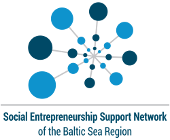
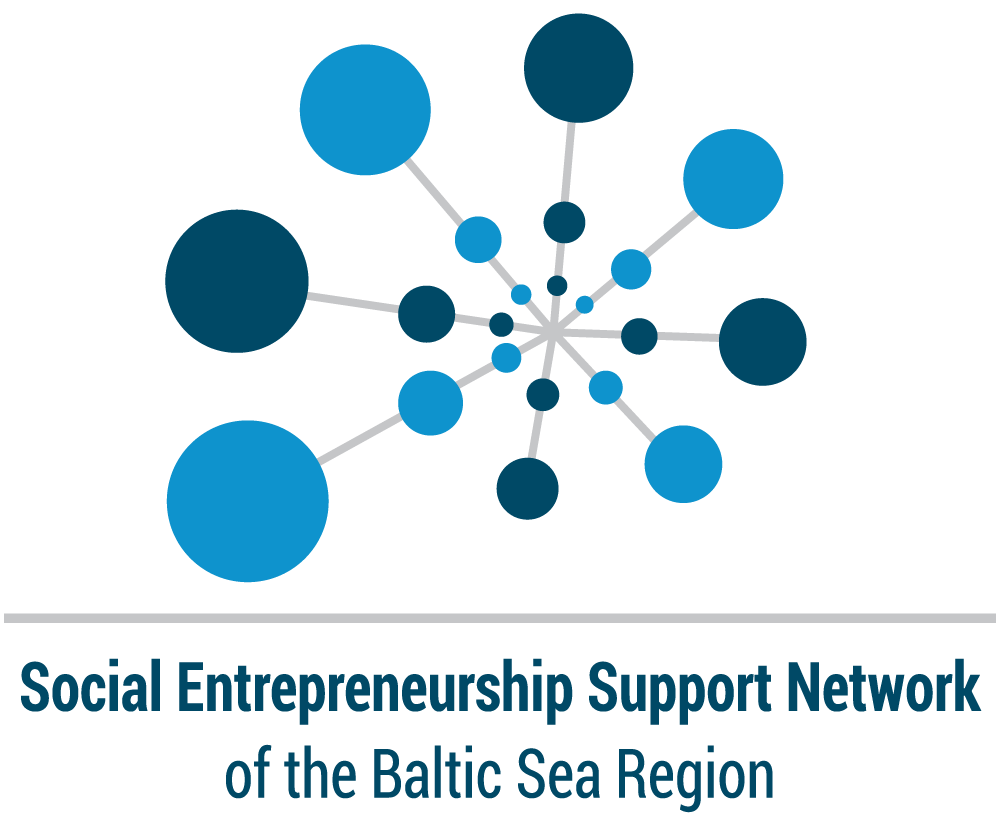

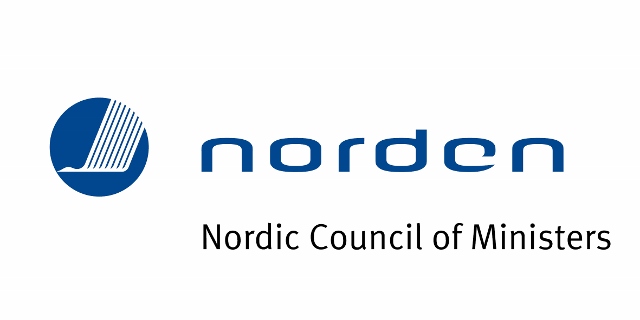


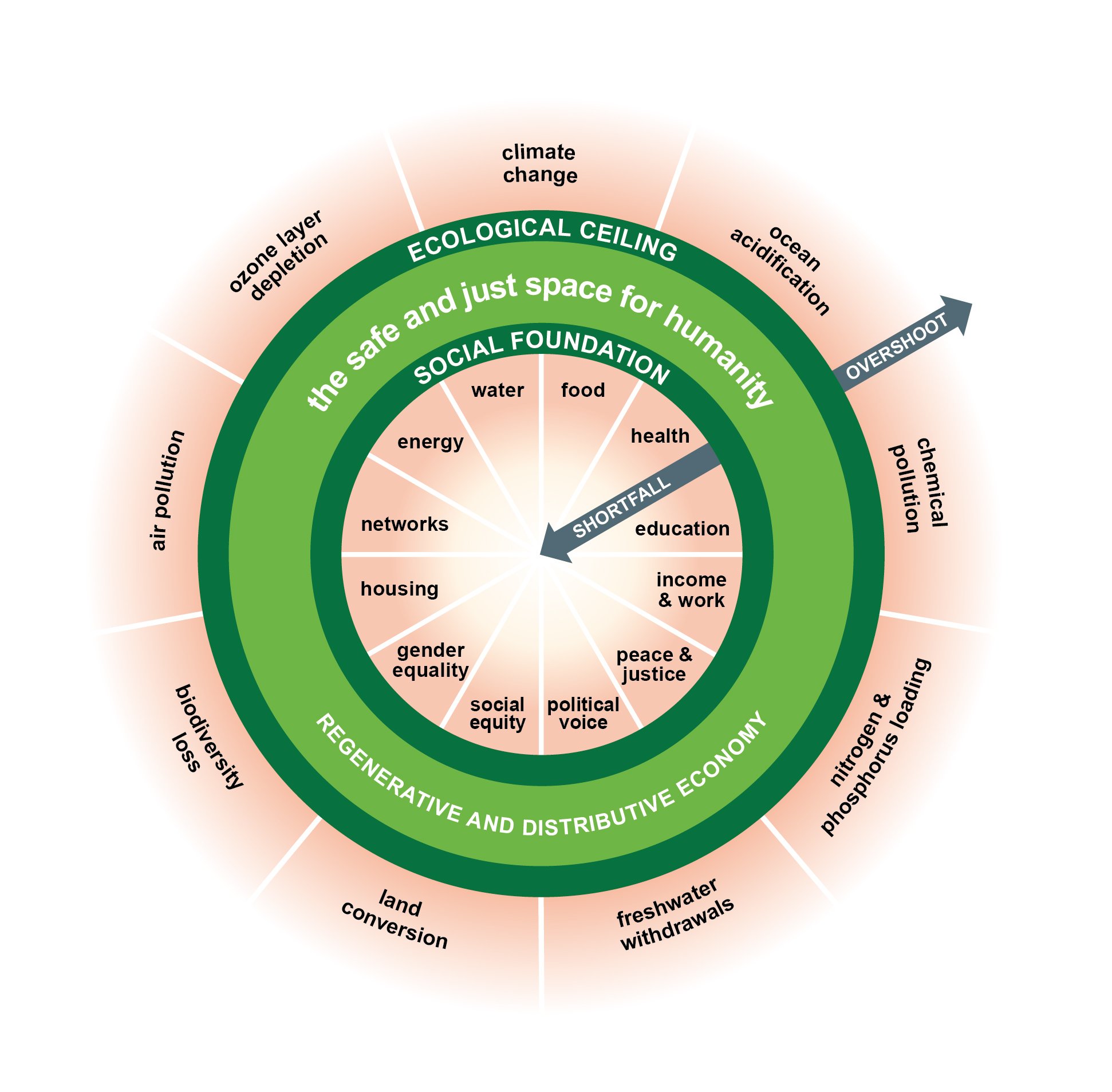

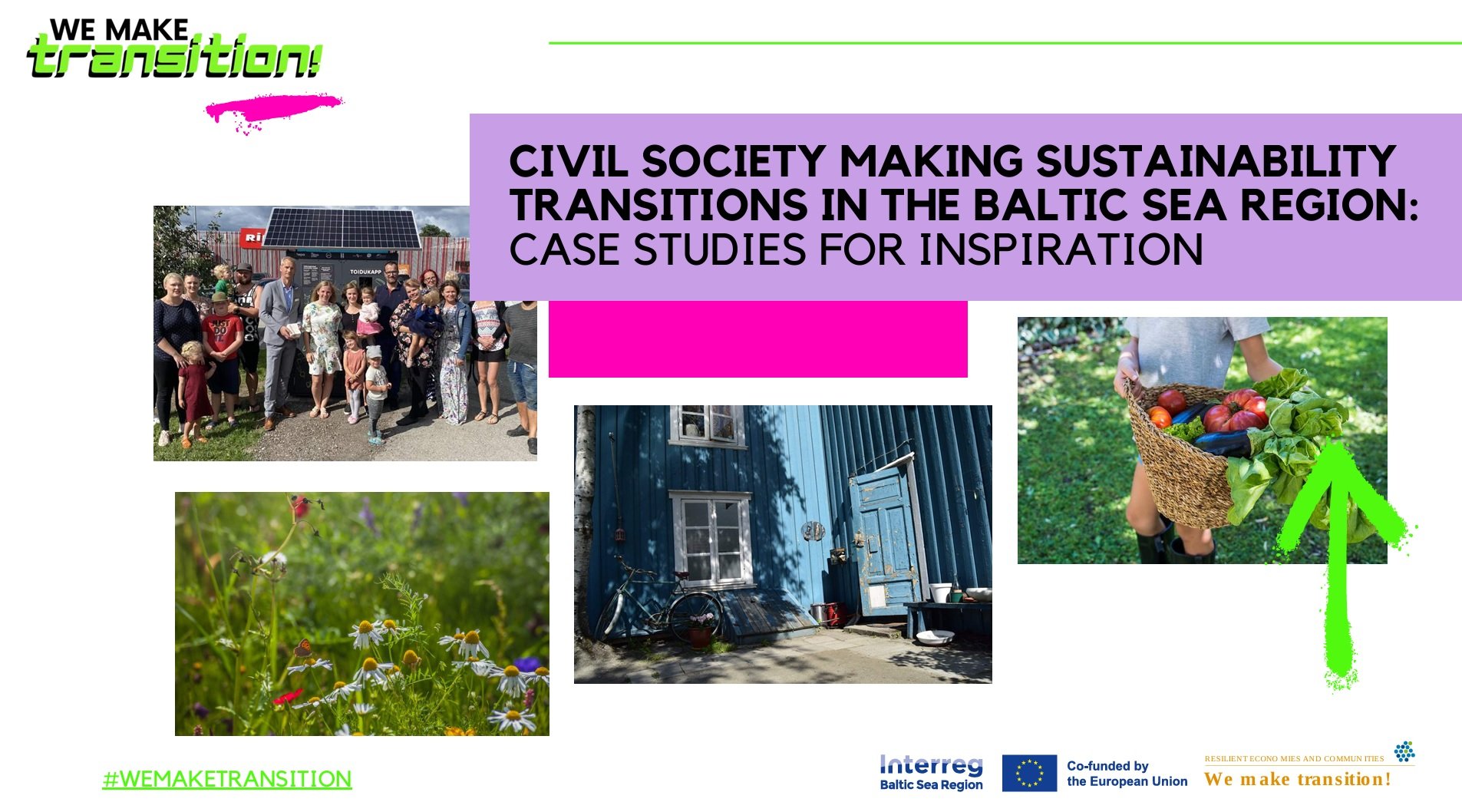
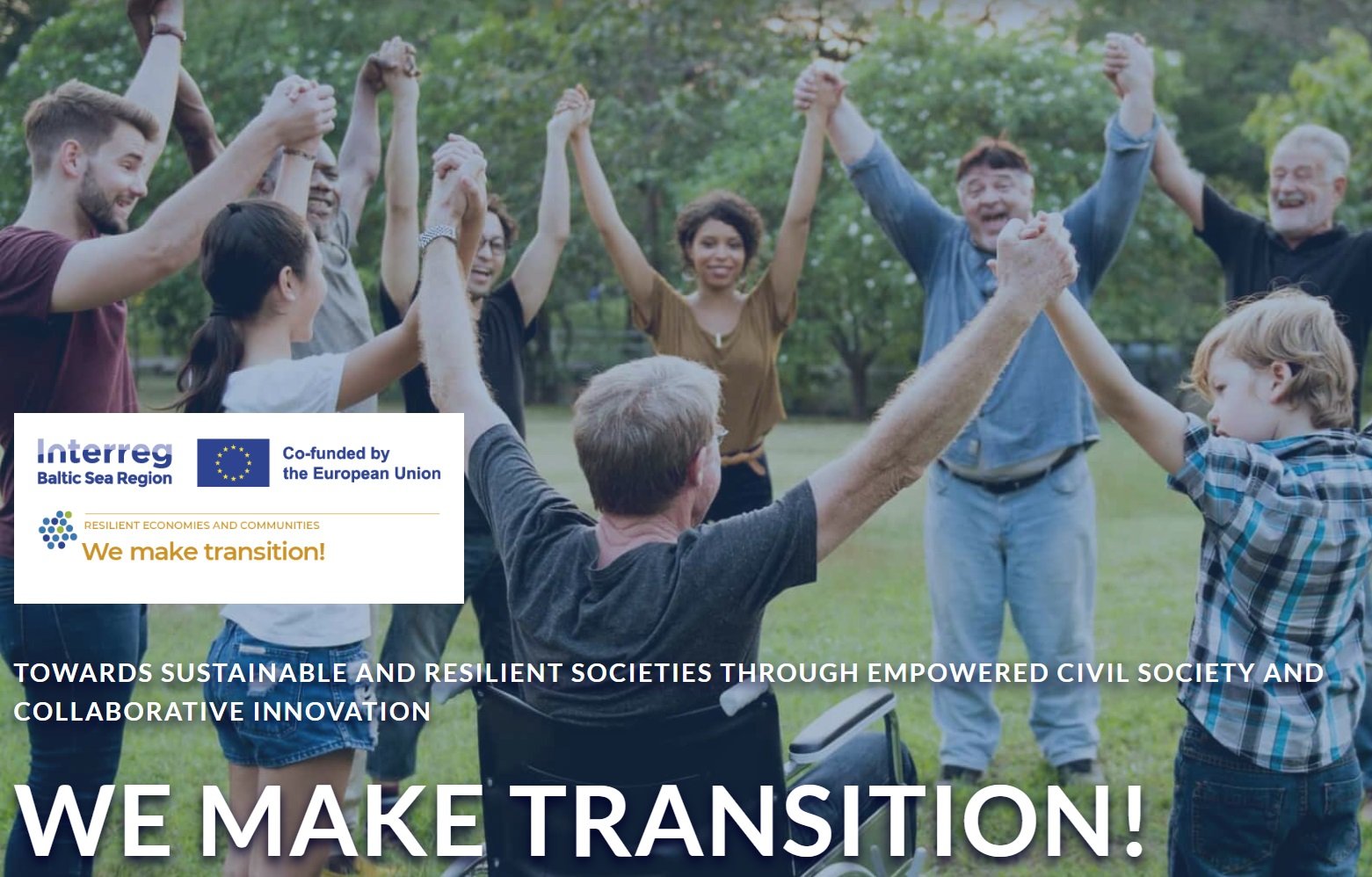

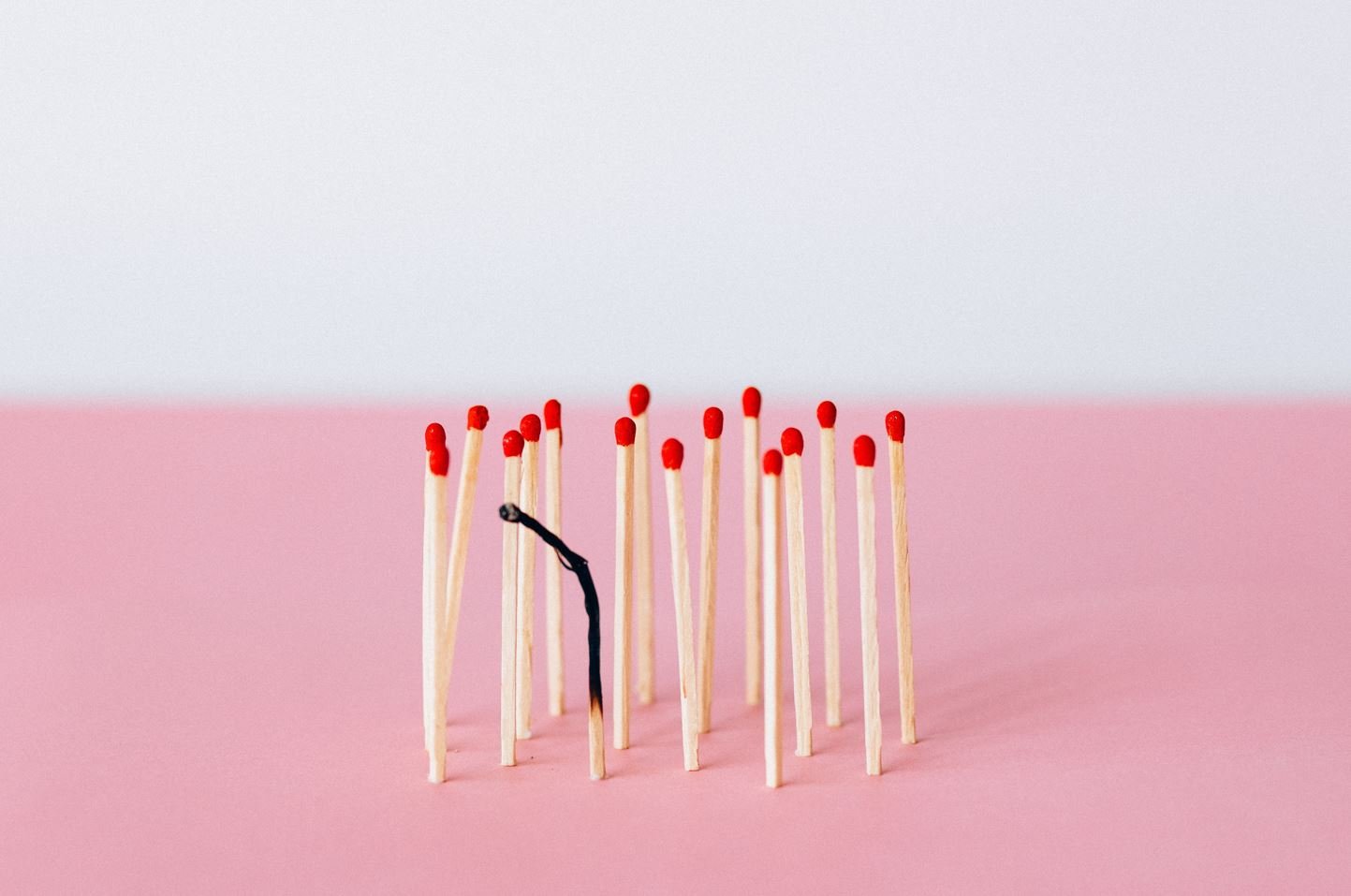
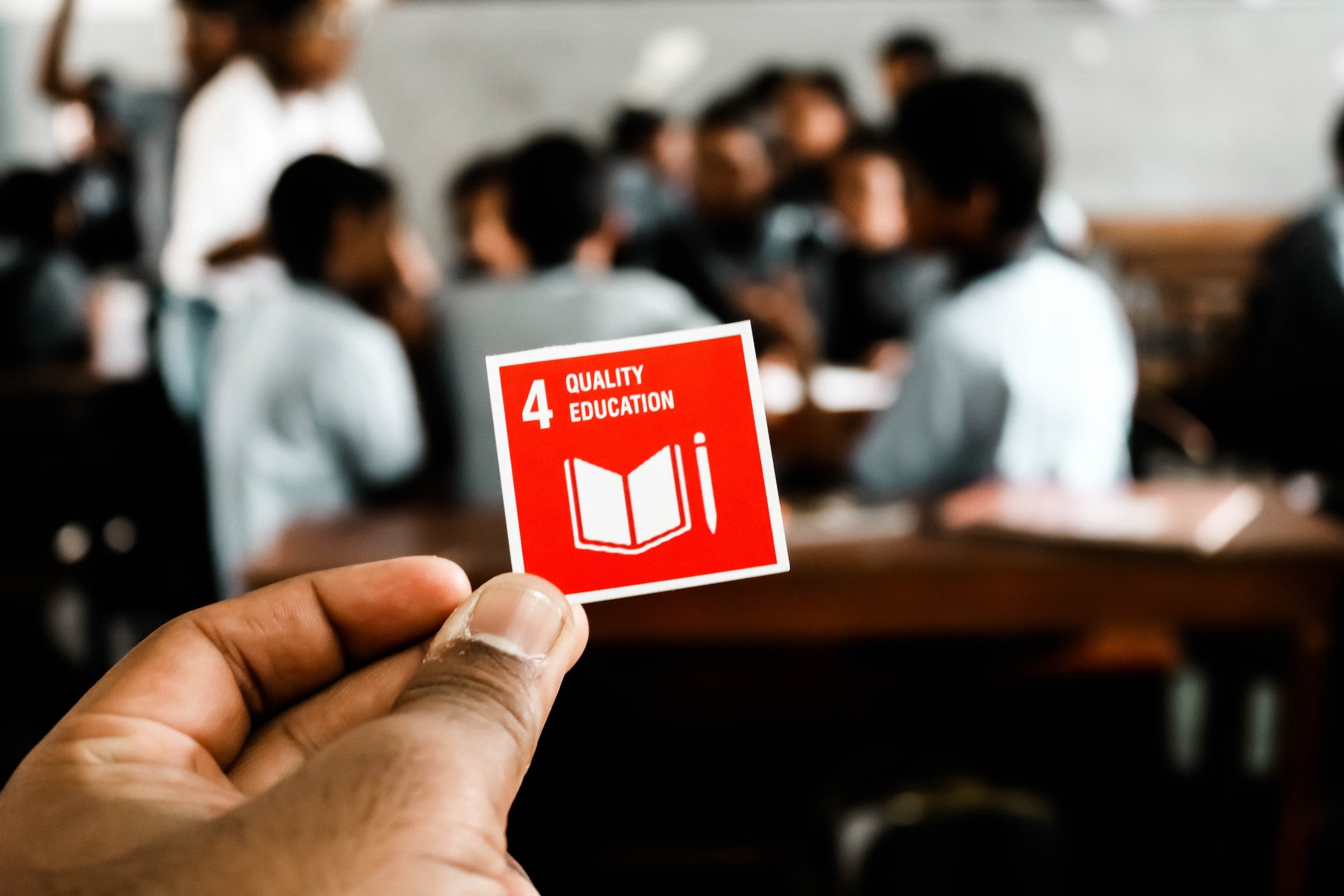


Leave A Comment